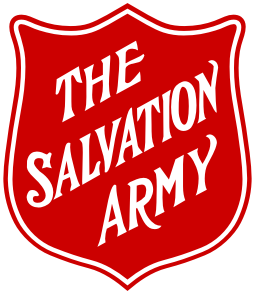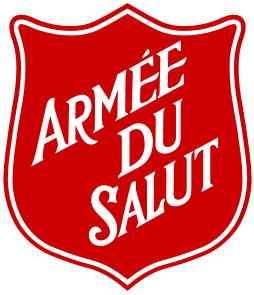Salvation Army Ministry Units
We use the term Ministry Unit to describe a specific Salvation Army identity with the purpose to minister to the needs of the community they are in.
Some ministry units focus primarily on a person spiritual condition in a setting similar to a church service. We call these ministry units Corps, and some are also referred to as a Citadel or a temple, but they are all basically the same thing and generally the designation represents the size of the congregation.
Corps are as different as the people and the community in which they serve. So, no two Corps are exactly alike, yet there are some common things we share like our doctrine, affiliation, governance and structure and the belief that Jesus can bring transformation to our community.
Other ministry units we refer to them as Social Service Units and primarily deal with serving the marginalized in the communities we serve through practical means such as housing, clothing, food counselling and spiritual care. Some social service ministries may also have a Corps attached or some may offer chaplaincy services to their clients. Like Corps ministries there are some common things we share like our doctrine, affiliation, governance and structure and the belief that Jesus can bring transformation to our community.
Corps (Church)
What is the service like?
At the beginning of the service we spend time worshiping God through music. We sing songs and, in some Corps, we listen to our brass band and choir (which we call songsters) perform. Afterwards, an offering will be collected. These funds help support various ministries and work the church is doing in the community and around the world. If you are a first-time visitor, please don’t feel obligated to give.
In some Corps, after the offering, the children will go to Sunday School. There will be an announcement in the service which directs the kids when and where to go if the Corps has a time for the children.
Once the children have left for Sunday School, the Officer (Pastor) will teach on a portion of the bible. Ever ask yourself: Who am I? Why am I here? What is my Purpose? This is the time to find those answers. Most services last about an hour. After the service, there’s time to connect with others and some Corps enjoy coffee and refreshments together.
What do I wear?
In many Salvation Army Churches, you will see some people wearing uniforms. When the Salvation Army was first established in 1865 by William and Catherine Booth, it was during a time when Armies were very prominent in society. William thought that the best way to serve the community, would be to mobilize the Salvation Army like a real army. This included dressing the part and wearing uniforms.
Fast forward to the present, these uniforms are recognized all over the world as a statement of faith, hope and help to those in need. Members of the Salvation Army are proud of the uniform and what it signifies.
As our culture has shifted, not all members of the salvation army choose to wear uniforms. Some like to come in casual attire. You do not need to wear a uniform to attend a service, so please come as you are. Dress however you feel the most comfortable. You’ll fit right in!
For a complete historical list of Corps Ministries please click here.
Social Service Ministries
The Salvation Army is now the largest non-governmental direct provider of social services in the country, serving more than 1.9 million people each year, in 400 communities across Canada. The Salvation Army offers practical assistance for children and families, often tending to the basic necessities of life, provides shelter for homeless people and rehabilitation for people who have lost control of their lives to an addiction.
For a complete list of historical Social Service Ministries please click here.
Divisional Headquarters
Unlike many large organization, the structure of the Salvation Army is relative simple and is very cost effective. This helps us have one of the lowest overhead costs amongst the largest Canadian Charitable organizations. Work at the local level is managed by the local salvation army, overseen through Divisional Headquarters located in various geographic locations throughout Canada and Bermuda and supported by our Terrirotial (National) Headquarters based in Tronto.
For a complete list of our Divisional Headquarters please click here.
Thrift Stores and Recycling (Salvage Operations)
In 1908 salvage work (now called recycling) began in Toronto, leading to the well-known Thrift Stores. Today, with more than 200 Thrift Stores, The Salvation Army operates one of Canada’s largest national clothing recycling operations.
For more information on the Salvation Army Recycling click here.
Other Salvation Army sections/units
For more information on additionl unique Salvation Army groups and sections such as the Territorial Staf Band, Territorial Staff Songsters and the Booth Uiversity College please click here.




